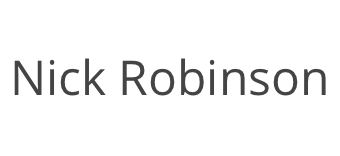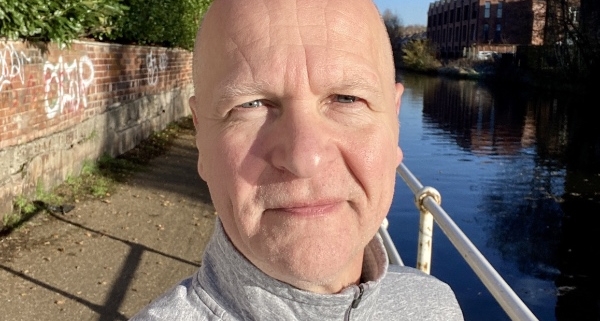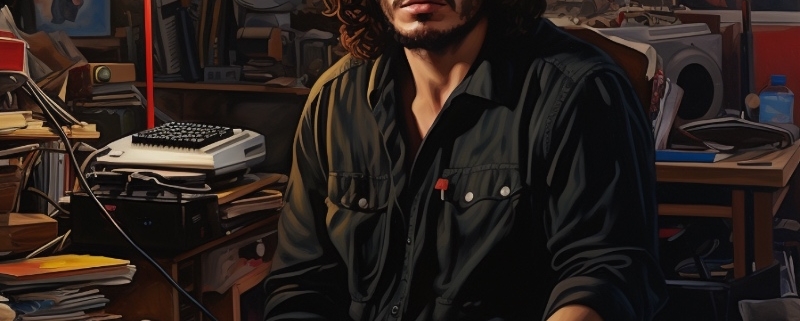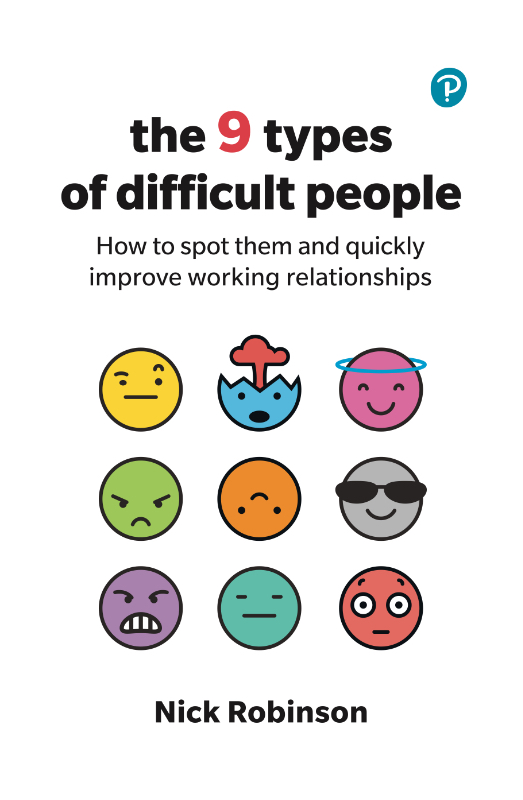Maximising the Impact: How to Use ‘The Nine Types of Difficult People’ Effectively 📘
Improving workplace relationships can be tricky, especially when dealing with challenging personalities!
My book, ‘The Nine Types of Difficult People‘, is designed to be your guide through this maze. But how can you get the most out of it?
Here are some tips:
🔍 Understand the Layout
- Chapter Two is Your Starting Point: It sets the foundation for the rest of the book. Start here to quickly understand my overall approach and how to apply it.
- The Matrix of Difficult People: Took a look at this tool in the early chapters. It’s crucial for identifying and understanding the different types you might encounter.
🤔 Reflect on Your Situation
- Identify Your Difficult Person: Use the matrix and descriptions to help pinpoint the type of difficult person you’re dealing with.
- Context Matters: Consider your role in relation to the difficult person – are you their leader, colleague, or team member?
📝 Apply the Strategies
- Tailored Approaches: Improving relationships works best with the right strategy. Find the chapter that corresponds to your identified type and explore that.
- Practical Tips and Tactics: Implement the suggested strategies in your day-to-day interactions.
🔄 Iterate and Adapt
- Not a One-Time Read: Your first pass through the book is great beginning and often leads to some useful quick-wins. Return to the relevant sections as your situation evolves.
- Stay Flexible: Be prepared to adjust your approach as you learn more about the individual and the dynamics involved.
🔗 Connect the Dots
- Beyond the Individual: Use the insights from the book to enhance the overall team dynamics and culture in your workplace.
- Share Your Learnings: Discuss concepts from the book with colleagues to help build a more understanding, collaborative and effective working environment.
Dealing with difficult people is both a mindset and a skillset that can be easily developed. My book is here to guide you, and the real change happens through your application of these strategies in the real world.
Let’s make work a place where everyone can be at their best!


 Nick Robinson
Nick Robinson
